The 14 Cities I’d Move To If I Could — Plus 6 I Loved Visiting, But Once Was Enough
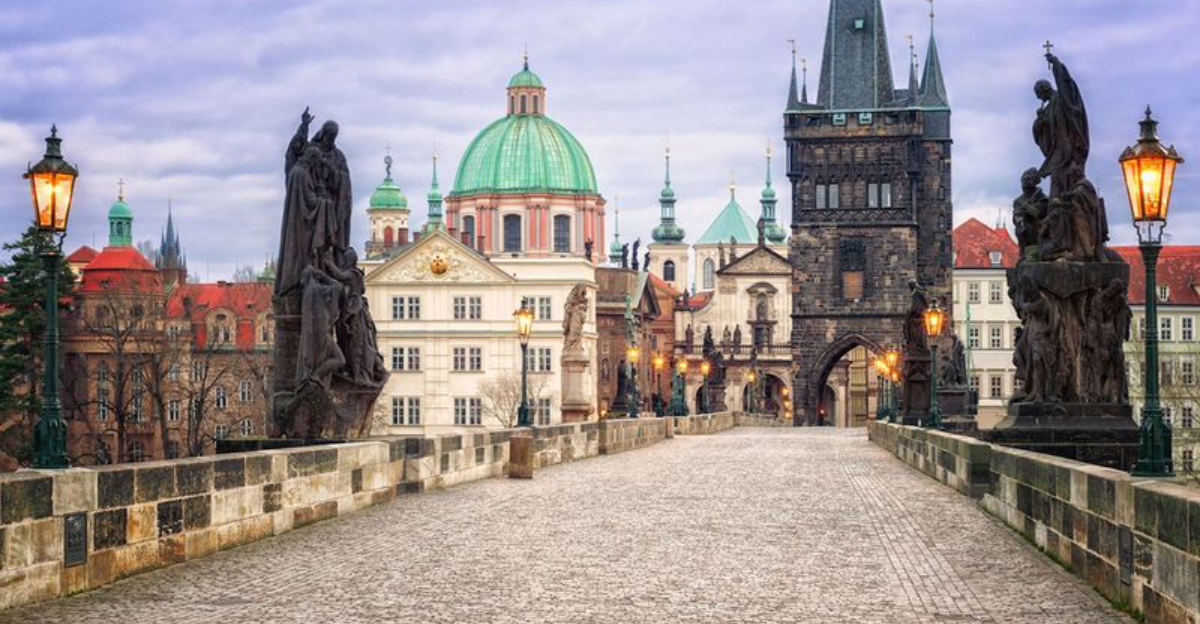
Isn’t it funny how some cities instantly make you think, “I could totally live here,” while others are better in short, dreamy doses? After bouncing around the globe and trying on different cities like outfits, I’ve figured out which ones offer that rare combo of charm, functionality, and long-term comfort—and which ones are more of a vacation fling than a lifelong match.
For me, livability means walkable neighborhoods, a strong sense of community, public spaces that invite you to linger, and—let’s be honest—a solid coffee scene. Some cities surprised me with how effortlessly they checked those boxes. Others? Gorgeous, sure… but after a week, I was craving quieter streets or less chaos.
Have you ever visited a place that felt almost perfect, but something held you back? Or maybe you’ve found your dream city and never looked back? Here’s my personal take on cities I’d happily call home—and the ones I loved visiting, but couldn’t commit to.
1. Copenhagen, Denmark
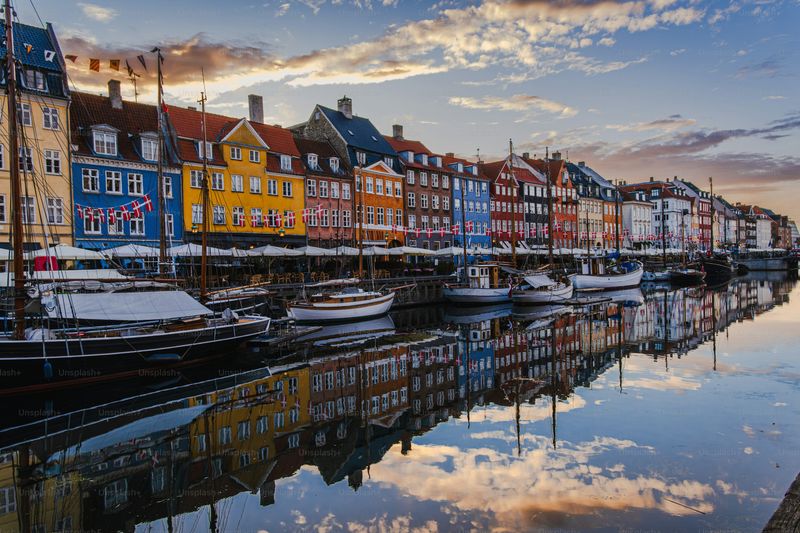
Biking through Copenhagen feels like gliding through a real-life fairytale. The colorful harbors, innovative architecture, and those impossibly chic locals make everyday life seem magical.
What truly won me over was the work-life balance that Danes have mastered. Shops close at reasonable hours, people prioritize family time, and there’s this collective understanding that life isn’t just about working yourself to death.
The city’s commitment to sustainability is everywhere – from wind turbines dotting the harbor to the most efficient public transportation I’ve ever experienced. Cold winters? Sure, but they’re balanced by those glorious, endless summer evenings.
2. Tokyo, Japan
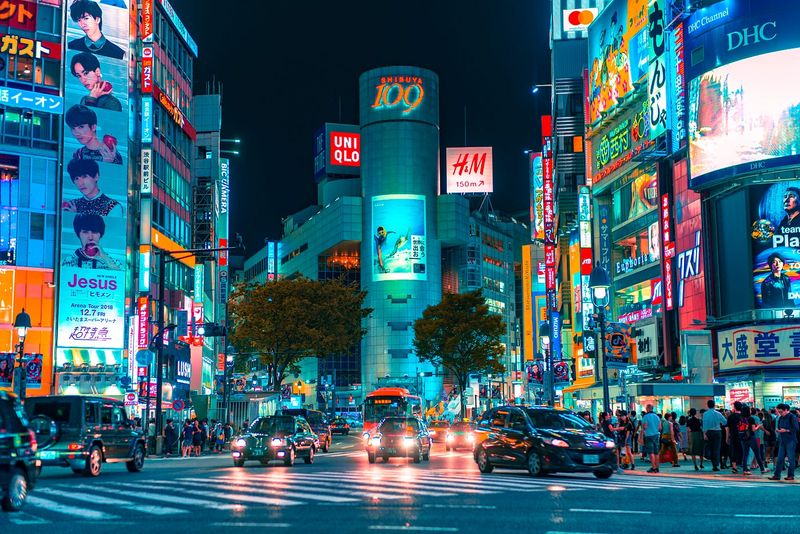
Stepping into Tokyo feels like time-traveling to the future while simultaneously experiencing ancient traditions. The city pulses with an energy that’s both chaotic and perfectly ordered – somehow everything just works.
I fell in love with the food culture immediately. From hole-in-the-wall ramen shops to high-end sushi counters, Tokyo treats food preparation as an art form worthy of lifelong dedication.
The neighborhoods each offer completely different experiences: Shibuya’s neon madness, Daikanyama’s calm boutiques, Asakusa’s temple charm. Despite being one of the world’s largest cities, Tokyo never feels overwhelming because each district functions like its own small town. Even the subway signs have English translations now!
3. Cape Town, South Africa
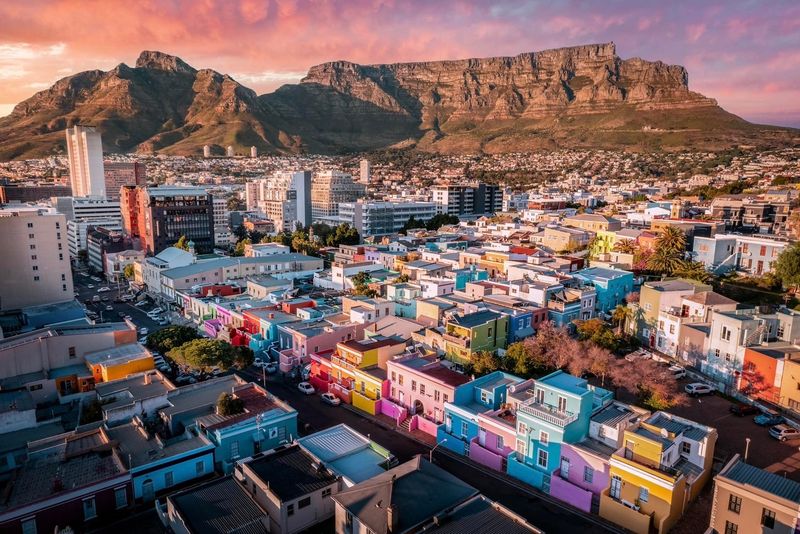
Table Mountain dominates Cape Town’s skyline, standing like a sentinel over one of the most dramatically beautiful cities on earth. Where else can you surf in the morning, hike a world-famous mountain by afternoon, and enjoy world-class wine by sunset?
The city blends cultures in ways that create incredible food, music, and art scenes. I couldn’t get enough of the colorful Bo-Kaap neighborhood with its vibrant houses climbing up the hillside.
History here is complex and sometimes difficult, but Cape Town faces it openly. The mix of urban energy against that stunning natural backdrop creates a place that’s impossible to categorize – wild yet sophisticated, challenging yet welcoming. The cost of living compared to European or American cities is remarkably reasonable.
4. Florence, Italy
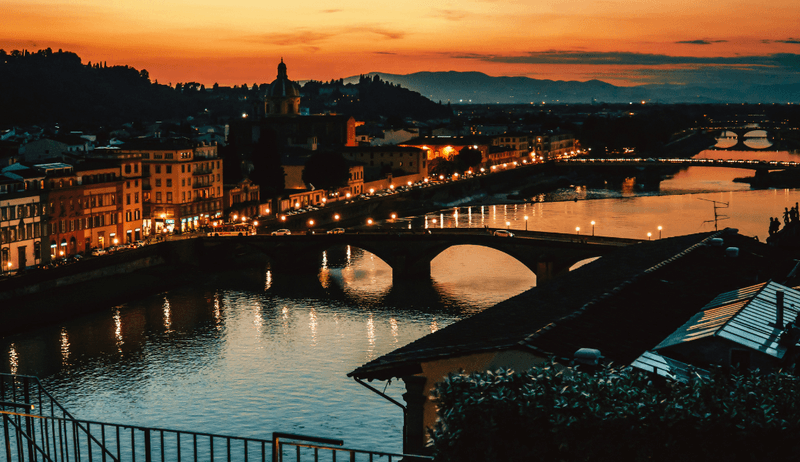
Walking Florence’s streets feels like strolling through an open-air museum where Renaissance masterpieces wait around every corner. The Arno River catches golden light at sunset, making even a simple evening walk feel magical.
Food markets burst with the freshest produce, cheeses, and meats – inspiring even the most reluctant cook to try their hand at simple Italian dishes. I couldn’t believe how quickly shopkeepers remembered my name and my preferences.
Florence operates on a human scale – you can walk everywhere, ducking into tiny cafes when you need an espresso break. Despite the tourists crowding certain areas, authentic neighborhoods still exist where real Florentines live their daily lives. The surrounding Tuscan countryside offers endless weekend escape possibilities.
5. Amsterdam, Netherlands
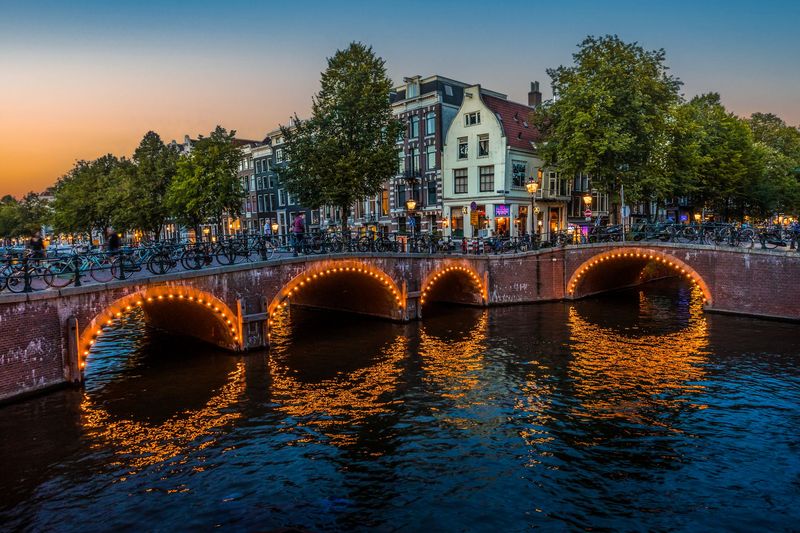
Amsterdam’s canal rings create a sense of peace that’s rare in capital cities. Watching houseboats gently rock while bicycles zip along the bridges above feels like glimpsing a more sensible way to build urban spaces.
Dutch pragmatism shapes everything here – from the brilliant public transportation to the refreshingly direct communication style. I love how the entire city feels designed for actual humans rather than cars or corporations.
The museums punch far above what you’d expect for a city this size. Where else can you see Van Goghs and Rembrandts in the morning, then bike through a massive urban park in the afternoon? Winter brings magical light festivals and cozy brown cafés where locals debate everything under the sun. The English fluency throughout the city makes integration surprisingly easy.
6. Seoul, South Korea
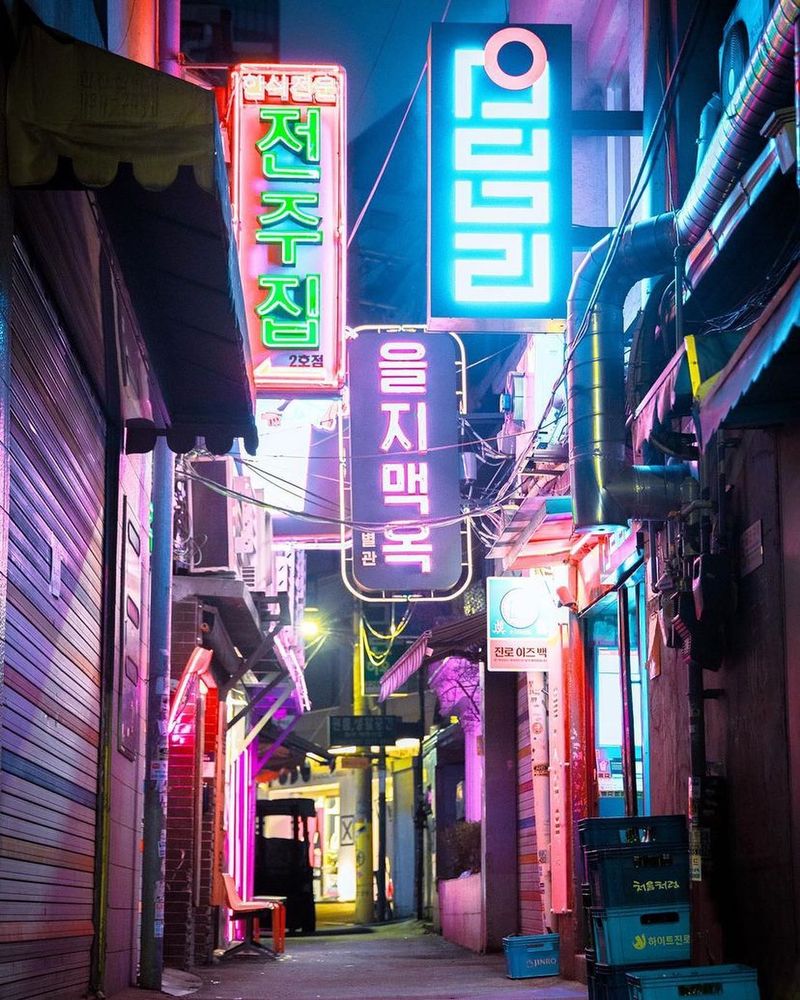
What amazed me most about Seoul was its duality, where traditional hanoks and grand palaces remain central to a city constantly pushing forward.
The food scene blew my mind – from sizzling street food tents to elegant temple cuisine. Seoul residents take their eating seriously, and meals become social events that stretch for hours.
Technology integrates seamlessly into daily life here. The subway system makes getting around effortless, while high-speed internet connects everything. Despite the urban density, beautiful mountains surround the city, offering hiking escapes within subway distance. The café culture rivals anywhere in the world – themed coffee shops become destinations themselves, serving as living rooms for a city where apartment space comes at a premium.
7. Edinburgh, Scotland
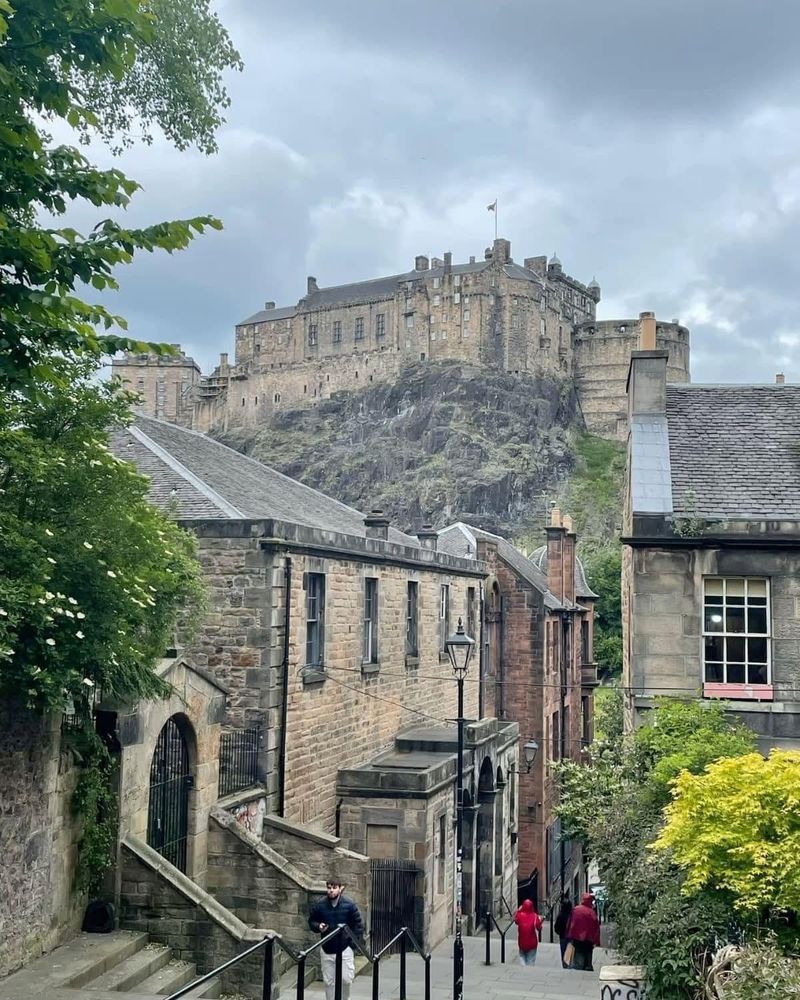
Edinburgh feels like a city built from the pages of a fantasy novel. The imposing castle perched atop volcanic rock creates a skyline straight from medieval times, while cobblestone streets wind mysteriously downhill.
I love how walkable the entire city center is – you can explore both the medieval Old Town and the elegant Georgian New Town in a single day. The pubs offer the perfect respite from Scotland’s famous rain, with local whisky and surprisingly good food.
Literary history permeates everything here – from the cafés where J.K. Rowling wrote Harry Potter to the streets that inspired Robert Louis Stevenson. During August’s Fringe Festival, the city transforms into the world’s largest arts celebration, but I prefer Edinburgh’s quieter months when locals reclaim their city and misty mornings create an atmospheric backdrop.
8. Melbourne, Australia
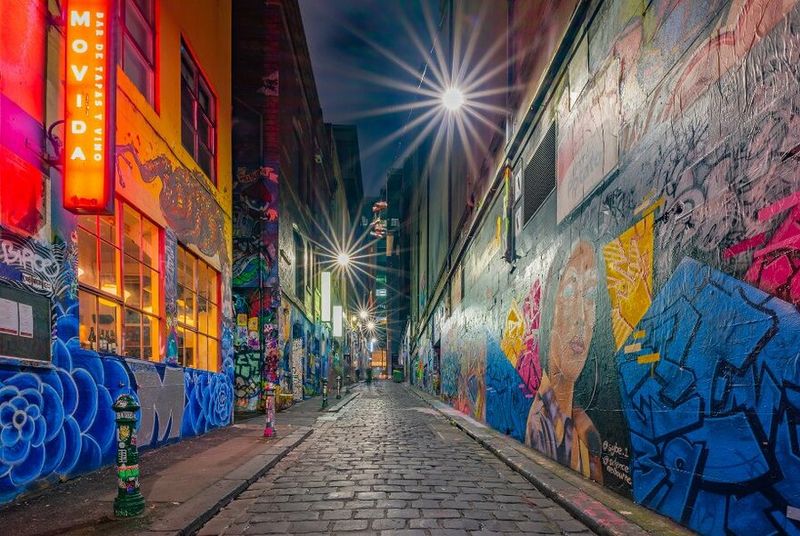
Every turn in Melbourne’s laneways feels like a discovery, from bold murals to espresso bars hidden behind unmarked doors.
The food scene reflects Melbourne’s incredible diversity. You can find authentic cuisines from around the world, often with creative Australian twists. I quickly learned why locals are so passionate about their coffee culture – it’s simply unmatched.
What makes Melbourne special is how it embraces both high and low culture without pretension. You can catch world-class theater one night and local bands in divey pubs the next. The seasonal changes are dramatic but never extreme, with four distinct seasons that transform the city’s many parks and gardens. Despite being a major city, neighborhood villages maintain their unique characters.
9. Montreal, Canada
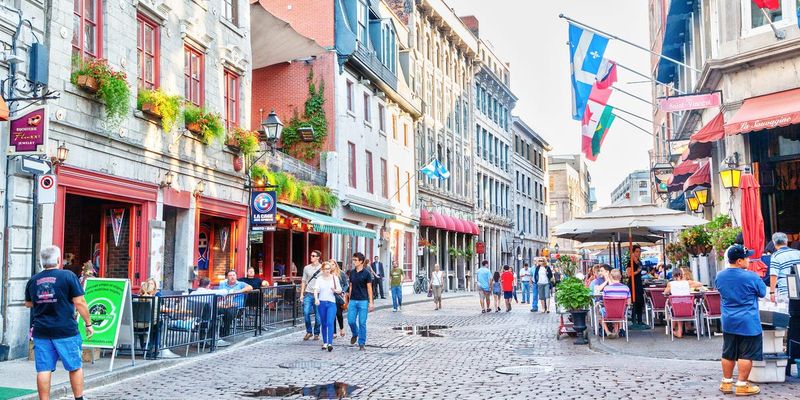
With its mix of French sophistication and Canadian warmth, Montreal offers a cultural experience unlike anywhere else in North America.
Summer transforms the city into one giant festival – it seems like every weekend brings new celebrations of music, comedy, or food. Winter may be brutal, but Montrealers have mastered the art of indoor coziness and underground city navigation.
The food scene rivals cities twice its size, from legendary bagel shops to innovative fine dining. Housing costs remain surprisingly reasonable compared to other major North American cities. I love how each neighborhood maintains its distinct personality – from the historic charm of Old Montreal to the bohemian vibe of the Plateau and the multicultural energy of Jean-Talon Market.
10. Berlin, Germany
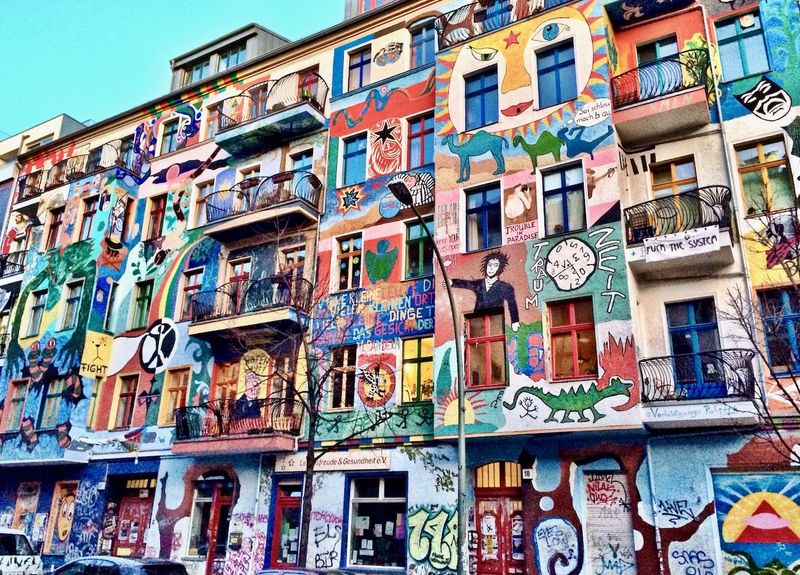
Berlin pulses with creative energy unlike anywhere else I’ve visited. The city’s turbulent history has created spaces for experimentation – abandoned factories become techno clubs, old power stations transform into art galleries.
Housing remains surprisingly affordable for a European capital, attracting artists and entrepreneurs from around the world. I love Berlin’s refreshing lack of pretension – nobody cares what you wear or what you do for work.
Green spaces punctuate the urban landscape, with massive parks and lakes accessible by public transportation. Food reflects the city’s global outlook, with Turkish markets next to German beer gardens and Vietnamese restaurants. The winter darkness is real, but Berliners combat it with cozy indoor gatherings and an unmatched nightlife that keeps going until sunrise. This city constantly reinvents itself while honoring its complex past.
11. Lisbon, Portugal
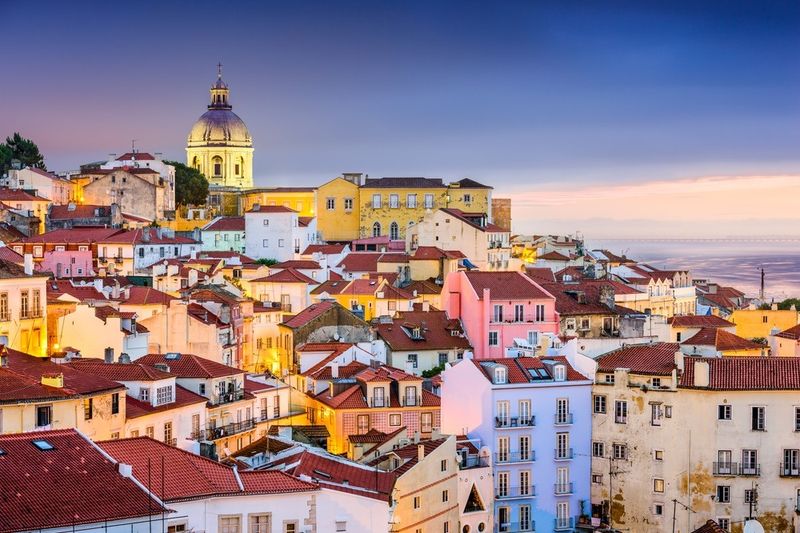
Every climb in Lisbon is rewarded, whether it’s a quiet miradouro or an unexpected street corner where the view stops you in your tracks.
Portuguese cuisine deserves way more global recognition – from the fresh seafood to those addictive custard tarts (pastéis de nata). The locals welcomed me with genuine warmth that’s increasingly rare in tourist-heavy European capitals.
Music fills the streets, with the haunting sounds of traditional fado emerging from tiny restaurants at night. Despite growing popularity among digital nomads, Lisbon maintains its authentic character and remains more affordable than most Western European capitals. The perfect climate offers mild winters and summers cooled by Atlantic breezes – plus some of Europe’s best beaches are just a short train ride away.
12. Kyoto, Japan
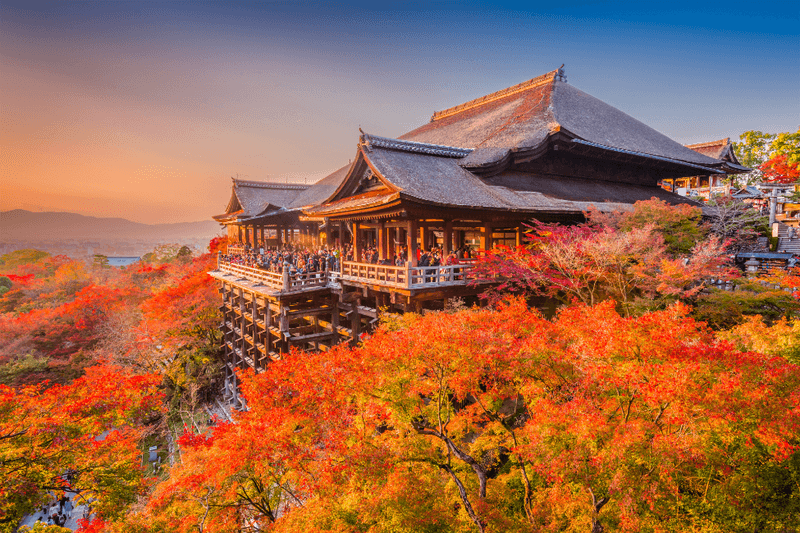
Kyoto moves at a completely different pace from Tokyo – here, traditions spanning centuries still shape daily life. Walking through bamboo groves or spotting geisha hurrying to appointments in Gion connects you to Japan’s cultural heart.
The changing seasons transform the city dramatically – from cherry blossoms in spring to fiery maple leaves in fall. I found myself planning return visits just to experience Kyoto in different seasons.
Food in Kyoto elevates simplicity to an art form, with restaurants that have specialized in single dishes for generations. Despite being a major tourist destination, authentic neighborhoods remain where local life continues unchanged. The surrounding mountains offer hiking escapes with views of the city below. Morning visits to temples before the crowds arrive create moments of tranquility that stay with you long after leaving.
13. Barcelona, Spain
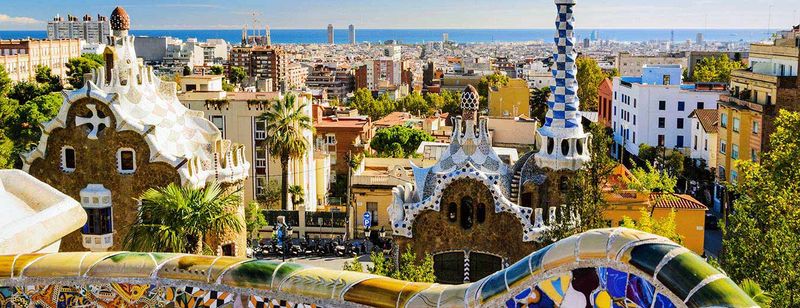
Every stroll through Barcelona feels like stepping into a living canvas, where curves, colors, and creativity turn even the quietest streets into artistic expressions.
The Mediterranean lifestyle shapes everything here – late dinners, afternoon siestas, and weekends at the beach. I quickly adjusted to the rhythm and found myself wondering why the rest of the world rushes so much.
Food markets burst with incredible produce, seafood, and ham that make cooking at home as exciting as dining out. The distinct neighborhoods each maintain their village-like feel despite being part of a major city. Barcelona’s location offers perfect weekend escapes – from Costa Brava beaches to Pyrenees mountains. Despite tourist crowds in summer, authentic local experiences remain abundant if you venture beyond Las Ramblas.
14. Queenstown, New Zealand
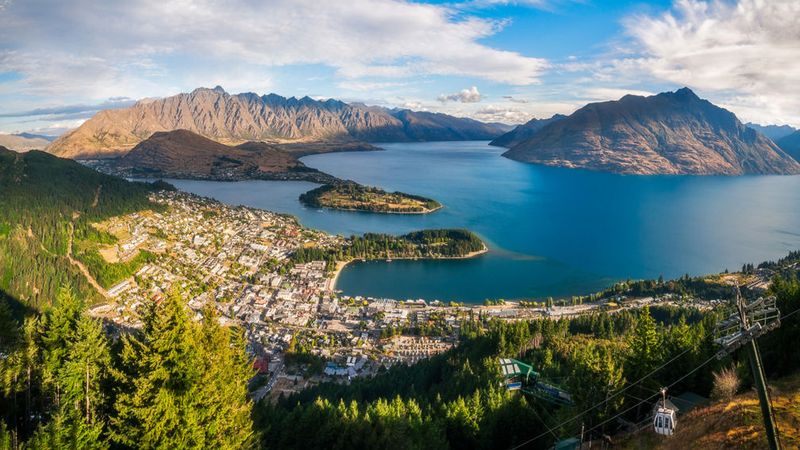
Queenstown sits in nature so dramatically beautiful it almost seems unreal. The crystal-clear lake reflects snow-capped mountains, creating postcard views from virtually every angle in town.
Adventure activities abound here – from skiing and snowboarding in winter to hiking and mountain biking in summer. I found myself becoming more outdoorsy simply by living amid such accessible natural wonders.
Despite its small size, the international tourism industry has created a surprisingly diverse food and wine scene. Local Central Otago wines rival any I’ve tasted globally. The town maintains a friendly small-town feel where locals still greet each other by name. While housing costs have risen with popularity, the quality of life compensates with daily access to landscapes people travel across the world to see.
15. Venice, Italy (Once Was Enough)
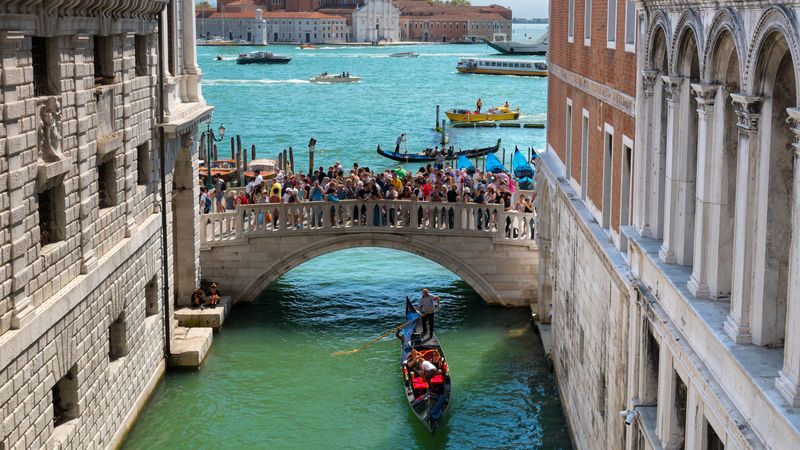
There’s nothing quite like the first hours in Venice, when the reality of a city on water sinks in and every quiet square feels like your own secret discovery.
However, the crushing tourist crowds quickly transformed the experience. Finding authentic local life became nearly impossible, with residents fleeing to the mainland as vacation rentals take over historic buildings.
The constant dampness seeps into everything, and simple errands become logistical challenges when every trip requires a boat or bridge crossing. While I treasure my visit and the unique beauty of Venice, the city feels more like a living museum than a place I could actually call home. Some places are better loved as visitors rather than residents.
16. Dubai, UAE (Once Was Enough)
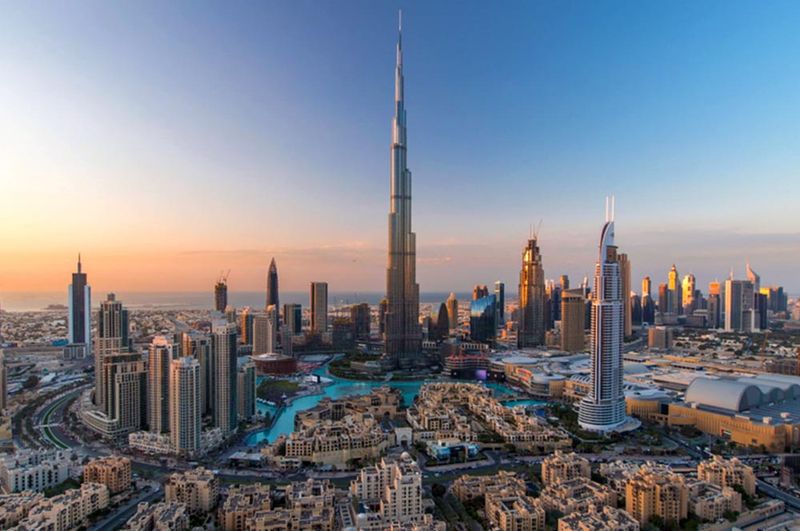
From the top of the Burj Khalifa to the shimmering fountains below, Dubai delivered moment after moment that felt almost surreal in their scale and precision.
Yet the city’s artificiality quickly became overwhelming. The mall culture dominates social life, with few organic public spaces where communities naturally form. Extreme heat makes outdoor activities impossible for much of the year.
The stark contrast between the ultra-wealthy and the migrant workers who built the city creates an uncomfortable undercurrent to the glossy surface. While I appreciated experiencing Dubai’s unique vision and ambition, the lack of historical depth and walkable neighborhoods made it feel more like visiting a theme park than a living city. I’m glad I went, but once satisfied my curiosity.
17. Reykjavik, Iceland (Once Was Enough)
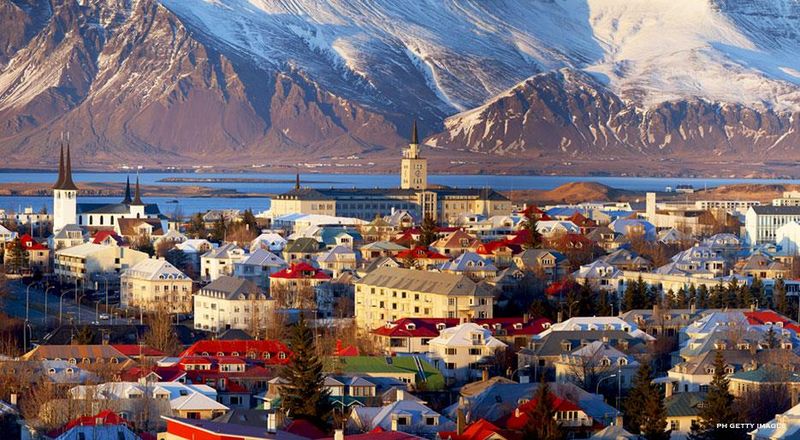
The heart of Reykjavik lies in its simplicity, where bold colors brighten the skyline and locals make even a cold day feel warm and personal.
Iceland’s otherworldly landscapes just outside the city limits left me speechless – from dramatic waterfalls to black sand beaches and geothermal wonders. I’ve never experienced nature so raw and powerful.
However, the extreme seasonal light changes would make long-term living challenging for me. Winter brings endless darkness that no amount of hygge could overcome, while summer’s midnight sun disrupted my sleep patterns completely. The isolation of island living combined with astronomical prices for everyday items (a simple sandwich and coffee can cost $30) made me appreciate my visit while knowing I couldn’t handle it year-round. Iceland’s beauty remains unmatched, but better experienced in concentrated doses.
18. Prague, Czech Republic (Once Was Enough)
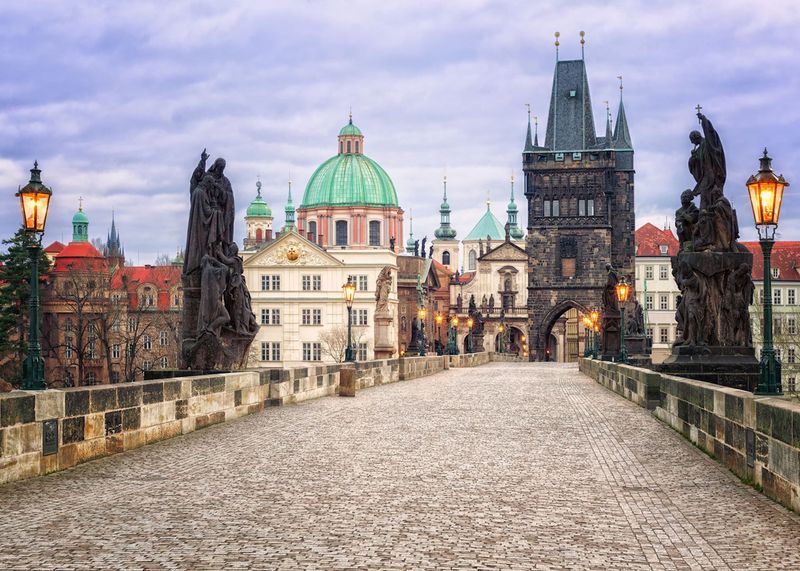
Prague’s fairytale architecture transported me to another era. Walking across Charles Bridge at dawn, watching the sun illuminate the castle on the hill, I understood why the city inspires so many writers and artists.
The historic center preserves medieval streets largely untouched by war, creating an immersive experience unlike anywhere else in Europe. Czech beer culture lives up to its reputation – inexpensive and delicious brews served in atmospheric pubs.
Despite these charms, the overwhelming tourism in the city center creates a Disneyland effect that eventually wore me down. Authentic local experiences become harder to find, with many businesses catering exclusively to visitors. The beauty remains undeniable, but the disconnect between tourist Prague and residential Prague felt too significant for me to imagine calling it home. Some cities are better experienced as momentary visitors than long-term residents.
19. Marrakesh, Morocco (Once Was Enough)
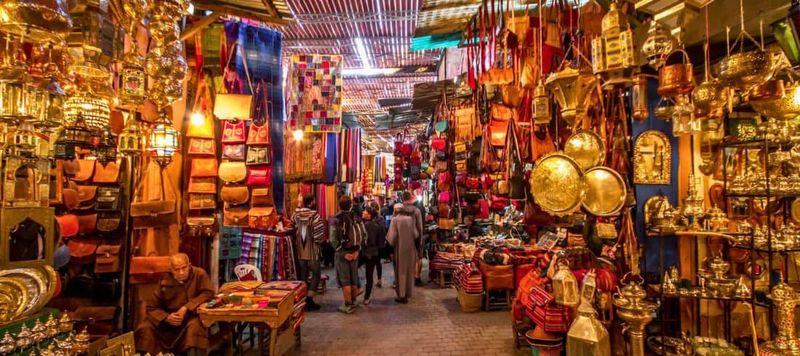
Exploring Marrakesh felt like stepping into a living tapestry, where the souks dazzle with color, the rooftops carry the haunting call to prayer, and every pause comes with mint tea.
Riads reveal an architectural genius for creating peaceful oases behind unassuming doors. I spent hours admiring intricate tile work and enjoying rooftop views across the pink city to the Atlas Mountains beyond.
However, the constant haggling and attention from vendors eventually became exhausting rather than exciting. The cultural differences in personal space and gender expectations created daily challenges that wore me down. Summer heat becomes truly unbearable, regularly exceeding 110°F. While I treasure my visit for its intense beauty and cultural immersion, the daily reality would be too challenging for long-term living.
20. Los Angeles, USA (Once Was Enough)
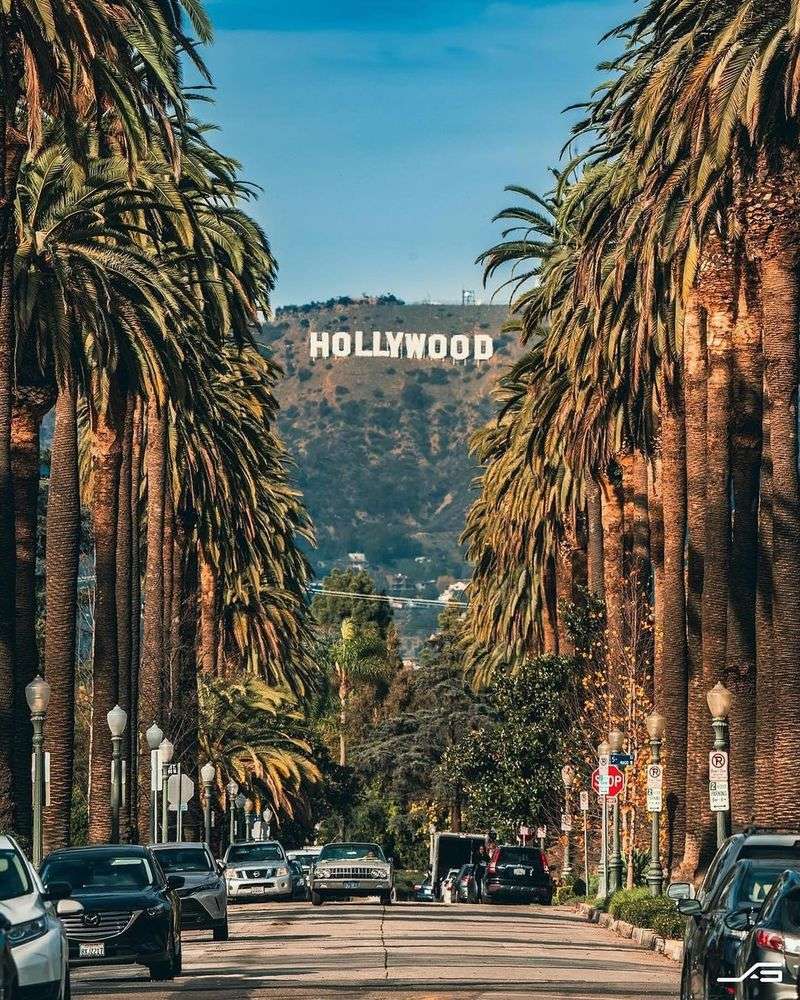
From the moment I arrived, L.A. felt like a vacation I never wanted to end, with clear blue skies, golden light, and a coastal calm that’s uniquely Californian.
The city’s diversity generates incredible food experiences – from Korean BBQ to authentic street tacos, often at surprisingly reasonable prices. Cultural offerings rival any global city, with world-class museums, music venues, and film screenings happening nightly.
Yet the car dependency quickly transformed from minor inconvenience to major life quality issue. Spending hours in traffic to reach beaches or hiking trails negated their accessibility. The city’s vastness makes creating a cohesive community challenging – neighborhoods feel disconnected from each other. While I loved experiencing LA’s unique energy and creative spirit, the environmental toll of daily driving and the disconnected urban planning ultimately made me cross it off my potential home list.
